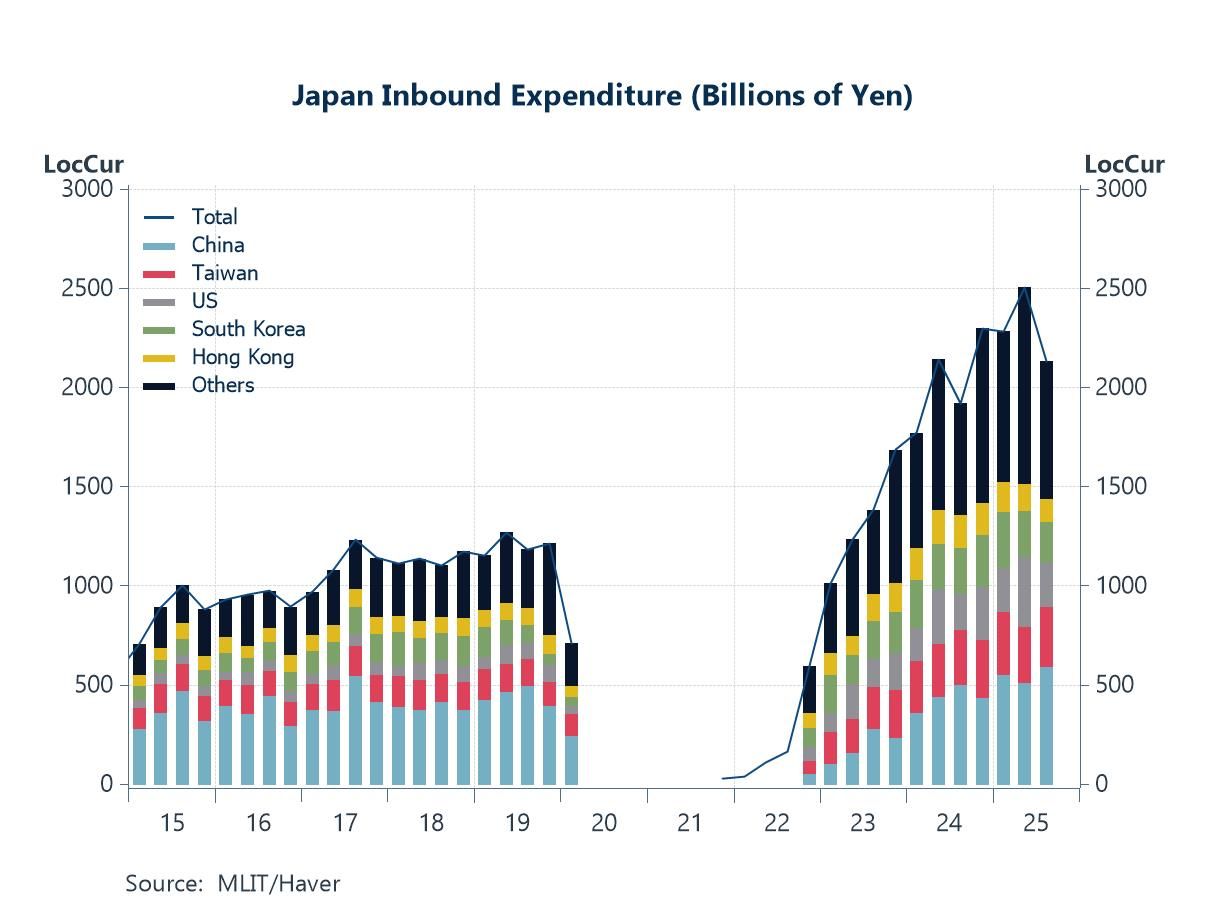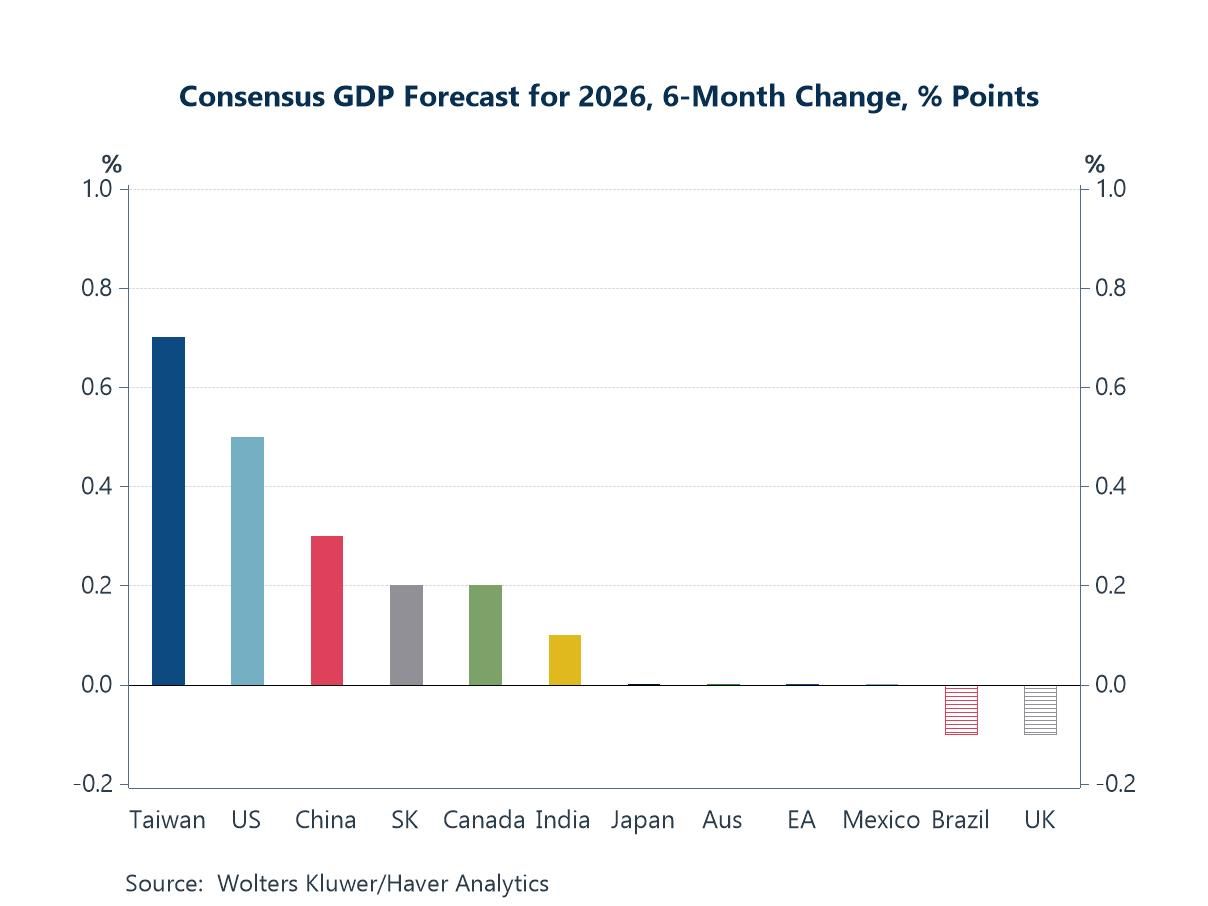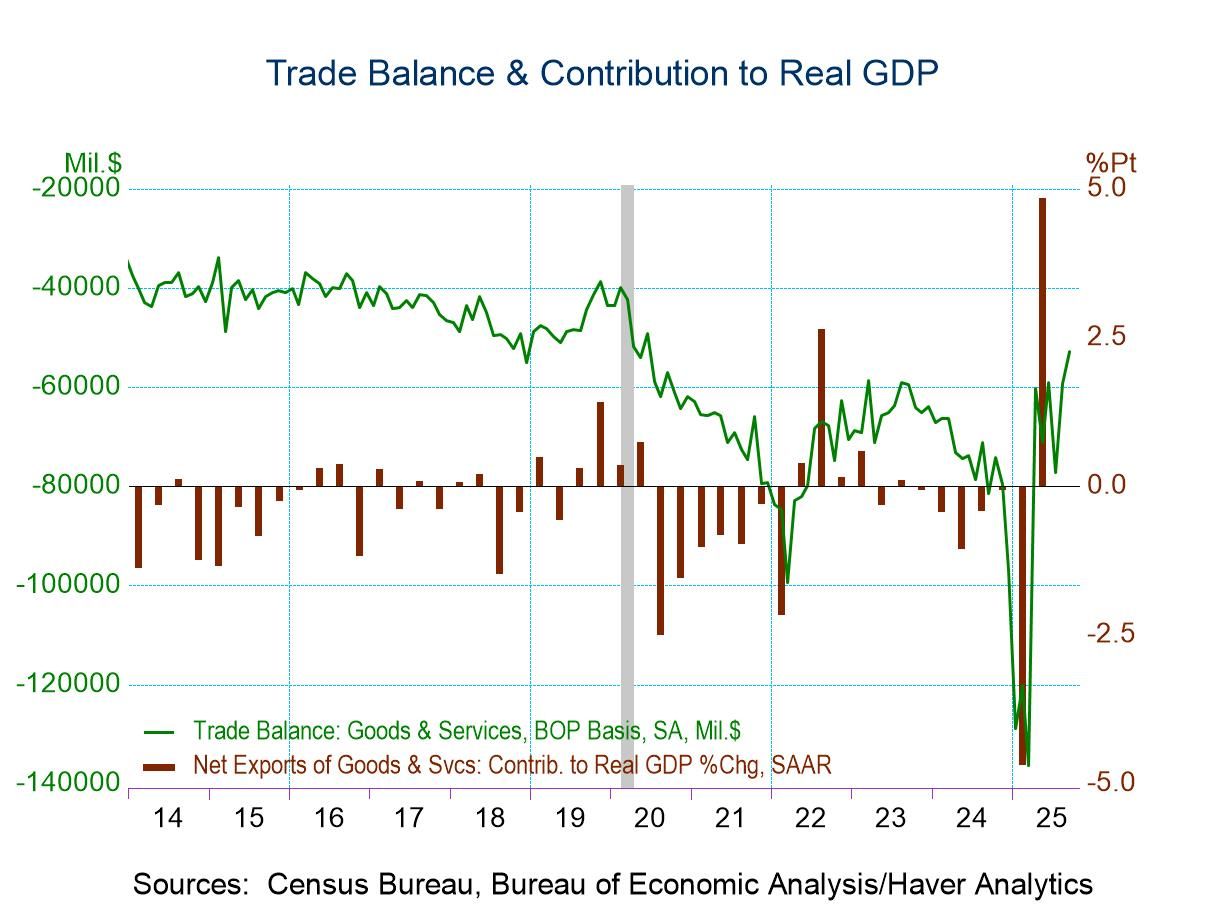 Global| Sep 09 2022
Global| Sep 09 2022Charts of the Week (Sep 9, 2022)
by:Andrew Cates
|in:Economy in Brief
Summary
In our charts this week we look at this week's final composite PMI surveys for August, recent trends in transportation costs, US import growth, and inflation data surprises. A broadly-based weakening in global demand and ebbing cost and price pressures as supply chain bottlenecks ease are some common threads. An additional thread, at least as far as Europe is concerned, is high energy prices and how policymakers – including the UK's new Prime Minister Liz Truss – enact policies designed to fend off their impact. The ECB delivered a 75bps hike in its key interest rates this week in order to fend off inflationary pressures as revised Q2 GDP data suggest the euro area economy has held up quite well in the first half of 2022. But the energy crisis and its likely impact in the months ahead will likely keep European policymakers active in the energy nexus in order to alleviate the inevitable economic strains.
Global growth Final composite PMI survey data for August offered further evidence suggesting the world economy is moving closer to a recessionary phase. The global composite output index, for example, fell from 50.8 in July to 49.3 in August, dropping below the 50.0 no change level for the first time since June 2020. If the pandemic era is excluded, this was the lowest level since June 2009, in the midst of the global financial crisis. The underlying details, moreover, suggested this retreat was broadly-based across a number of major economies, as evidenced in Chart 1 below.
Chart 1: Final August composite PMIs suggest a broadly-based weakening in global growth momentum

Supply chain pressures On a brighter note these PMI surveys suggested that supply chain bottlenecks have been easing, partly thanks to ebbing demand. That message chimes with recent data for global transportation costs. The Baltic Dry index, for example, a gauge of these transportation costs, has declined by about 80% since its peak in October last year. If this decline is sustained – and alongside the supply-side improvements in PMI surveys – it suggests global supply chain pressures could return to more normal levels in the coming weeks (see Chart 2 below).
Chart 2: The weakness in the Baltic Dry index points to further unwinding of global supply chain pressures

US goods imports Those supply-chain pressures can be traced, in part, to above-trend demand for consumer goods, particularly from the US, during the pandemic period. US consumer goods imports also surged earlier this year as US port logistics began to normalize after the pandemic. This week's US trade data, however, suggest that consumer goods imports have been falling sharply in recent months and are therefore now normalising. Indeed July's data specifically show that consumer goods imports (excluding food and autos) have declined by around 18% since their peak in March (see Chart 3).
Chart 3: US trade data suggest a further ebbing of import demand for consumer goods

Global inflation surprises Many of these aforementioned factors are now contributing to a more benign – or less hostile – global inflation environment. Citigroup's surprise indicators certainly show that incoming inflation data have elicited a weaker tendency to surprise forecasters' expectations on the upside and a higher tendency to surprise on the downside in recent weeks (see Chart 4 below).
A notable exception to this trend among the world's major economies is the UK, where recent inflation outcomes have remained higher than in most major economies and have continued to post positive surprises at the same time. This is a reminder of the difficult macroeconomic backdrop that newly announced Prime Minister Liz Truss (as well as Bank of England policymakers) face at present.
Chart 4: Incoming inflation data have surprised expectations to the downside more frequently in recent weeks

GDP growth in the euro area ECB policymakers lifted all its key policy rates by 75bps this week, which was in line with market expectations. Above-target inflation – and the likelihood that it will stay above-target for an extended period - was cited as the key reason for this decision. But economic growth in the euro area has also held up quite well in the first half of 2022. Specifically, GDP rose by 0.8% in Q2 (upwardly revised from a previous rate of 0.6%) and by 0.7% in Q1. A breakdown of the data's expenditure components, moreover, suggests fairly healthy contributions from consumer spending in Q2. Still, as the ECB also notes, the outlook from here is far less promising owing to high energy prices, a deteriorating global backdrop and the ECB's tightening initiatives so far.
Chart 5: GDP growth in the Euro Area in Q2 held up well

The energy crisis It goes without saying that the energy crisis in Europe is severely challenging the efforts by central banks to bring inflation back toward target levels. UK policymakers have announced a few initiatives this week to cap energy price levels in the immediate months ahead and euro area policymakers will be proposing some solutions on September 9th. These policies may – in the near-term - offer some economic support by fending off energy-induced inflationary pressures. But longer-term problems are likely to persist. What exactly ought to constitute the right energy mix for the world economy at present amidst climate change pressures, differing political priorities and intense geopolitical instability remains open to some question. At the very least the outlook for energy markets is apt to remain highly uncertain in the months ahead.
Chart 6: Global energy consumption by source

Andrew Cates
AuthorMore in Author Profile »Andy Cates joined Haver Analytics as a Senior Economist in 2020. Andy has more than 25 years of experience forecasting the global economic outlook and in assessing the implications for policy settings and financial markets. He has held various senior positions in London in a number of Investment Banks including as Head of Developed Markets Economics at Nomura and as Chief Eurozone Economist at RBS. These followed a spell of 21 years as Senior International Economist at UBS, 5 of which were spent in Singapore. Prior to his time in financial services Andy was a UK economist at HM Treasury in London holding positions in the domestic forecasting and macroeconomic modelling units. He has a BA in Economics from the University of York and an MSc in Economics and Econometrics from the University of Southampton.






